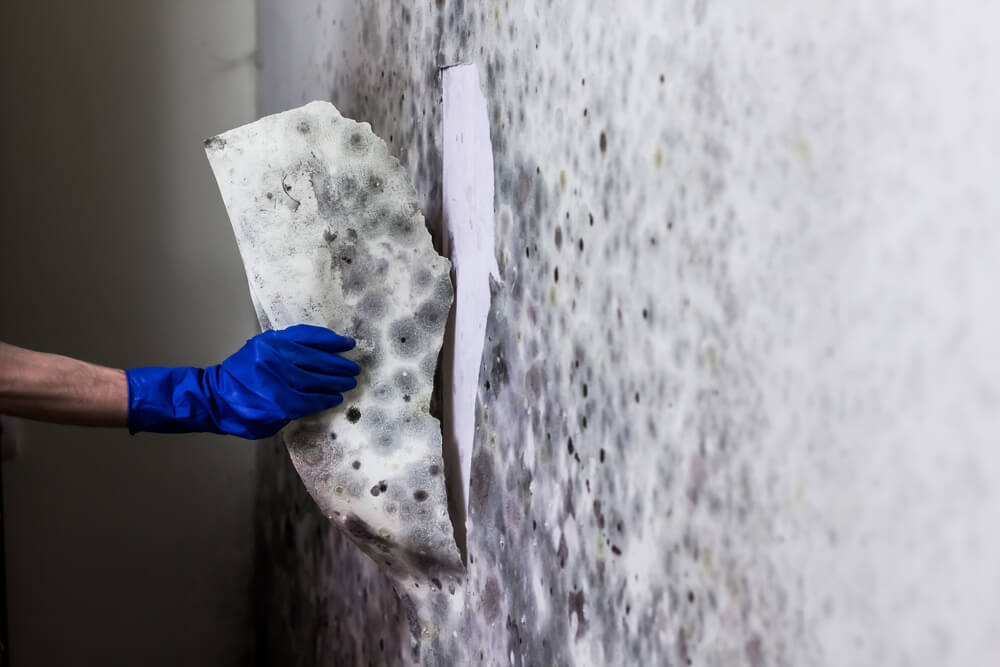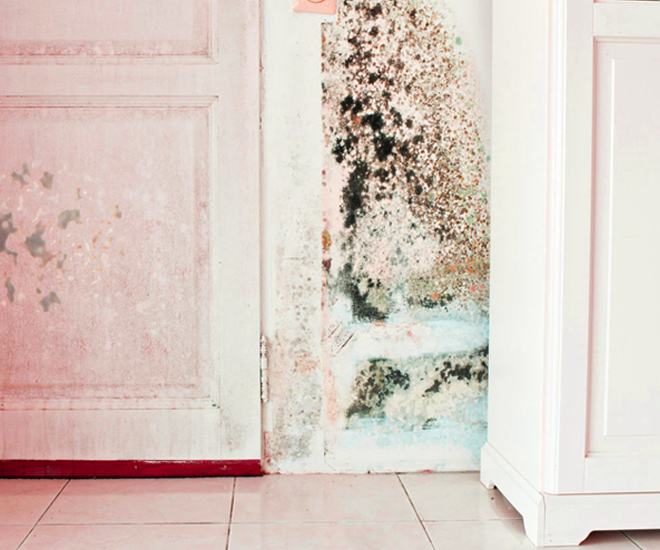Testing Air Quality After Mold Remediation
Testing Air Quality After Mold Remediation
Blog Article
Your Ultimate Guide to Message Mold Remediation Methods
Navigating the world of post-mold remediation strategies is a thorough procedure that requires attention to detail and a comprehensive understanding of the intricacies entailed. In the after-effects of mold invasion, knowing just how to properly remove the mold and prevent its reoccurrence is critical for preserving a healthy and balanced interior setting. From choosing the appropriate cleansing and sanitizing approaches to executing approaches for long-term mold avoidance, each action in the removal journey plays an important role in making certain an effective outcome. As we get started on this exploration of post-mold removal techniques, we will reveal the essential strategies and finest techniques that can assist you recover your area to its pre-mold problem and protect it versus future mold hazards.
Understanding Post-Mold Remediation Process
After completing the mold and mildew removal procedure, it is essential to recognize the post-mold removal techniques that are needed to make sure a thorough and reliable clean-up. When the mold has been gotten rid of, the following action includes cleaning and sanitizing the impacted areas to protect against any regrowth of mold. This consists of using specialized cleaning up representatives to clean down surfaces and kill any kind of remaining mold spores. It is necessary to dry out the location entirely to prevent the growth of mold and mildew in the future (testing air quality after mold remediation). Proper ventilation and dehumidification can aid in this process.
Additionally, carrying out a final inspection post-remediation is important to guarantee that all mold and mildew has been efficiently gotten rid of. If the evaluation exposes any sticking around mold, additional removal may be essential.
Efficient Cleansing and Sanitizing Techniques

Avoiding Future Mold Growth

Value of Proper Air Flow
Appropriate ventilation plays a crucial role in avoiding moisture buildup, a key factor in mold development within interior atmospheres. Efficient air flow systems aid get rid of excess moisture from the air, reducing the possibilities of mold spores discovering the moisture they need to sprout and spread. Without appropriate ventilation, indoor rooms can become a breeding place for mold and mildew, leading to prospective wellness risks and architectural damages.
By guaranteeing correct air circulation, air flow systems can additionally help in drying out moist locations faster after water damages or flooding events, better discouraging mold and mildew growth. Post Remediation Inspection near me. In rooms like restrooms, basements, attic rooms, and cooking areas where wetness levels tend to be higher, installing and keeping effective air flow systems is essential in preventing mold and mildew problems

Surveillance and Maintenance Tips
Offered the essential role that correct ventilation plays in preventing mold growth, it is necessary to develop reliable surveillance and maintenance suggestions to ensure the continued functionality of air flow systems. Routine inspections of air flow systems ought to be performed to examine for any type of signs of clogs, leaks, or breakdowns that could restrain proper air movement. Tracking moisture levels within the home is also crucial, as high humidity can add to mold development. Installing a hygrometer can aid track humidity degrees and alert homeowners to any kind of spikes that may need attention. In addition, making certain that air filters are consistently cleansed or replaced is necessary for preserving the efficiency of the ventilation system. Implementing a schedule for routine maintenance tasks, such as duct cleansing and cooling and heating system inspections, can aid protect against problems prior to they intensify. By staying positive and alert to the problem of air flow systems, home proprietors can properly minimize the risk of mold regrowth and preserve a healthy interior atmosphere.
Conclusion
In final thought, post-mold remediation strategies are necessary for ensuring a you could try here tidy and safe click reference setting. Understanding the process, executing reliable cleansing and decontaminating techniques, protecting against future mold development, keeping proper ventilation, and normal surveillance are all vital action in the remediation process. By following these standards, you can effectively eliminate mold and mildew and avoid its return, functioning or promoting a healthy and balanced living area for all residents.
In the aftermath of mold infestation, understanding just how to properly eliminate the mold and prevent its reoccurrence is vital for maintaining a healthy interior environment. When the mold and mildew has been eliminated, the next action involves cleansing and disinfecting the impacted locations to avoid any kind of regrowth of mold and mildew - After mold remediation. After removing visible mold and mildew development, it is essential to clean up all surface areas in the damaged area to get rid of any type of continuing to be mold and mildew spores. To even more improve mold avoidance actions, it is important to attend to underlying concerns that originally led to mold development.Provided the vital duty that correct air flow plays in preventing mold growth, it is necessary to develop effective tracking and maintenance ideas to make certain the ongoing capability of air flow systems
Report this page